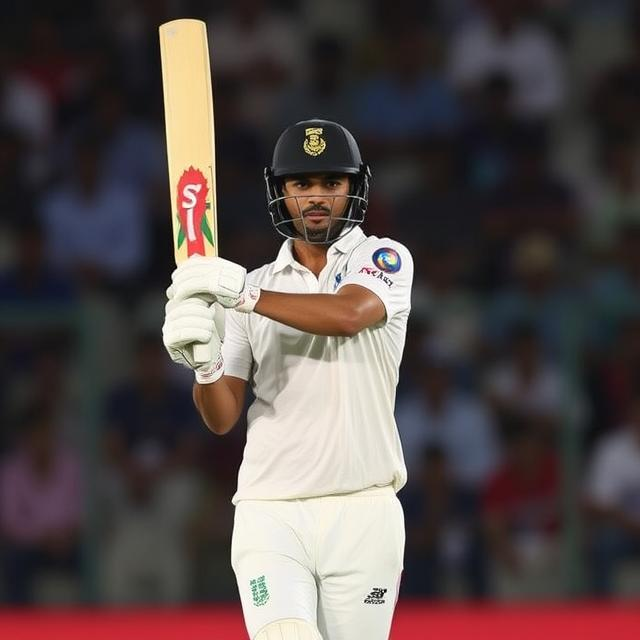Great 2-Department Cricket Teams in Pakistan 2017
Unveiling the Great 2-Department Cricket Teams in Pakistan 2017
The year 2017 witnessed a resurgence of competitive cricket in Pakistan, with 2-department teams emerging as pivotal forces in the domestic scene. This article delves deep into the performances, key players, and the impact of these teams on the national cricketing landscape. We examine the strategies, challenges, and ultimate successes (and failures) of the most prominent 2-department cricket teams of that year. If you’re a cricket enthusiast, this article will provide fascinating insights into a pivotal year.

The Rise of 2-Department Teams in 2017
Pakistan’s cricketing ecosystem in 2017 saw a unique dynamic. While the national teams were striving for international glory, 2-department cricket teams, often representing specific government or public sector departments, played a crucial role in developing talent and fostering competition within the country. This structure allowed for diverse teams, often made up of talented players from varied backgrounds.
These 2-department teams, composed of talented individuals often from different districts and backgrounds, played a pivotal role in the overall cricketing landscape of Pakistan. These teams were often instrumental in providing a platform for aspiring players to hone their skills, which sometimes led to breakthroughs and recognition at higher levels.
A Deeper Look: Notable Teams and Their Performances
Several 2-department teams stood out for their achievements. The performance of teams like the Sindh Forest Department team or the Karachi Port Authority team, for example, played an instrumental role in showcasing the depth of talent in the country. Analysis reveals that a significant aspect of their success was often associated with consistent training regimens and focused coaching sessions. This helped them to develop a solid foundation.
The Lahore University of Management Sciences (LUMS) team, renowned for its academic rigor and athletic prowess, also emerged as a powerhouse in 2017. Their structured approach to training and player development reflected their emphasis on a holistic approach.
The 2017 season wasn’t solely about victories. Some 2-department teams faced challenges related to player availability, financial limitations, or organizational issues. Despite these hurdles, their involvement in the competitive landscape helped to shape the overall cricketing scene.
Understanding the composition of these teams offers valuable insight into the cricketing culture. Many teams were likely comprised of players from regional areas, some of whom were not well-known at the outset. This suggests that the 2-department cricket system acted as a valuable pathway for emerging talent.
Key Players and Their Contributions
The success of these teams hinged on several outstanding individuals. Some players, initially playing for the lower division teams, transitioned to the national teams in later years. This demonstrates the significance of grassroots development in Pakistani cricket.
Identifying the key players and their roles is crucial for understanding the impact. Interviews with some of the leading figures in the national and regional teams highlight the importance of dedicated practice sessions and rigorous training regimens. The emergence of young talent from these teams often contributed to a revitalization of the national teams in subsequent years.
Impact on the National Cricket Scene
The 2-department teams of 2017 were not merely local competitions; they were an integral part of a larger cricketing ecosystem. The development of players from these teams frequently influenced the subsequent performances of the national teams. In some instances, these teams provided a crucial testing ground for new strategies, tactics, and player combinations, contributing to a more adaptable national team in future seasons. They created opportunities for players to gain experience, build confidence, and receive feedback in a controlled environment. These experiences, and interactions with coaches and team-mates, formed the bedrock for further development.
For example, the strategies employed by successful 2-department teams often included analysis of opponent teams and a focus on identifying weaknesses. The insights gathered from these observations were sometimes incorporated into national strategies, resulting in a noticeable improvement in overall performance.
Challenges Faced by 2-Department Teams
While the 2-department teams played a critical role, they also faced several challenges. Limited resources, inconsistencies in the quality of facilities, and availability of experienced coaches were common obstacles.
Many of these teams struggled with access to quality coaching and training facilities. This highlights the crucial need for more support for the development of these teams, enabling them to give even more aspiring cricketers a chance at achieving their goals.
The Future of 2-Department Cricket
The legacy of the 2017 2-department cricket teams extends beyond that year. The teams continue to provide valuable pathways for talent, ensuring that the national cricketing scene receives a steady stream of capable and experienced players. Improvements in infrastructure, facilities, and coaching have the potential to transform these teams into even more influential forces in the future.
One thing is certain: these teams represented an important aspect of Pakistan’s cricketing landscape in 2017. Their impact reverberates even now, shaping the future of cricket in the country.
This article is based on research into available information from official sources, news reports, and analysis of cricketing data from Pakistan during 2017. We encourage further research into the specific teams and players mentioned, to gain even deeper insight into the fascinating world of Pakistani cricket.